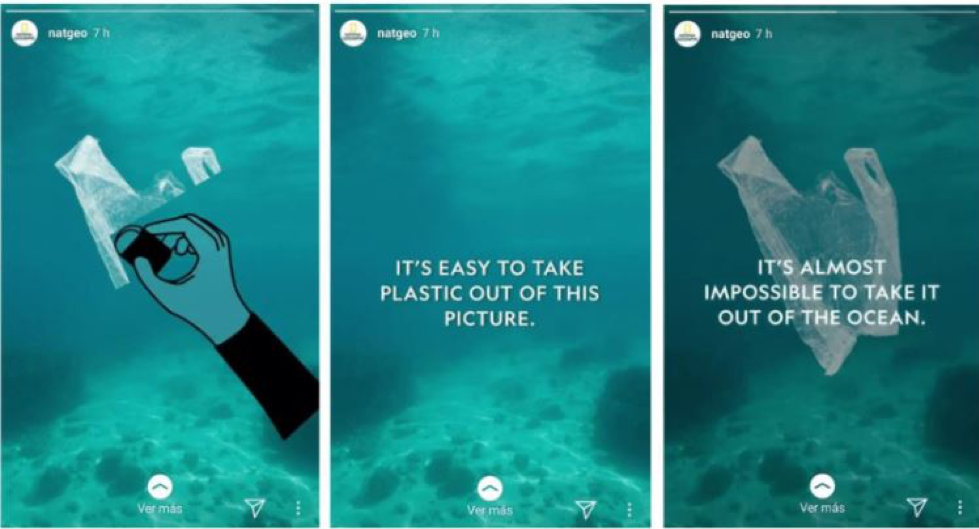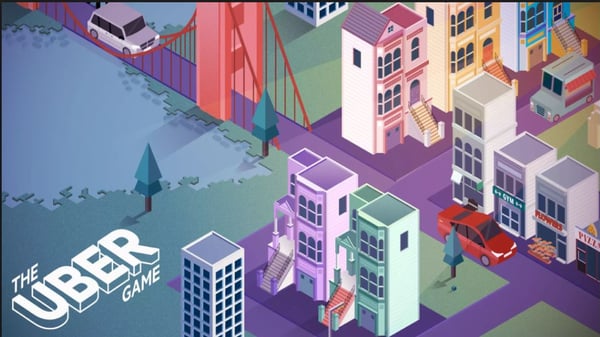Over the past few years, readers have moved to the habit of “news snacking,” a tendency that some said would not last, but which is, in fact, sticking and even influencing the way we read and write. One factor responsible for accelerating this new way of “information making” is –to nobody’s surprise – social networks.
In this era where Social is King, even the traditional media have come to bow to the Sovereign and adapt their formats to catch the new reader’s attention. The new reader is typically in a hurry and impatient. With everyone sharing everything nowadays, what can media do to avoid annoying comments like “tl;dr” (too long/didn’t read), and effectively capture their audiences’ attentions? Let’s review some of our favorite “news snacks.”
- Stories: With a growing culture of image-sharing, this format is experiencing the most success lately. Created by Snapchat, then copied by Instagram and Facebook, stories provide a succession of pictures or short videos, completed by the addition of emojis, stickers, survey buttons and other interactive tools. Each story posts for just 24 hours and gives you only a few seconds to get the reader’s attention. But if you manage to work with these rules, well, you’re pretty sure to hook your reader! National Geographic, for example, launched an Instagram Stories campaign to save the ocean from plastic:

The New York Public Library uses Instagram Stories to bring classic novels to your smartphone: - Video: Video is certainly not a brand-new format, but it has considerably changed under the influence of social media. According to Wired, “The average shot length of English language films has declined from about 12 seconds in 1930 to about 2.5 seconds today”. Videos are getting shorter, partly because users watch them on the go. One of the 2018 social media rules, “Mobile First,” extends to media in 2019. Specifically, we see media creating more vertical videos that perfectly fit a mobile screen. The good news in all this? We get rid of Vertical Video Syndrome, considered just a few years ago as the absolute worst, but today an absolute MUST!
- GIF: Less known as Graphics Interchange Format, almost 1.4 million GIFs are created every day, and even media could not resist the temptation to use animated images. More so, media are becoming materia prima for GIF creation.
- Podcast: With a running length between 10 and 30 minutes, not expensive to produce, and easy to listen to on the go (even without an internet connection), the podcast has several advantages, and some consider it the future of news. This year, the French media Challenges and the automotive brand Renault partnered to take the podcast experience one step further:
- Gaming: We are already used to seeing comics or playful infographics in the news, but there is a new tendency that leans to game inclusion within the news. One of the most popular examples is The Uber Game, created by The Financial Times. According to the Online Journalism Award site, this interactive news game puts the user into the shoes of a full-time Uber driver. Based on real reporting, it aims to convey an emotional understanding on the part of the reader. Since the game was first published in October 2017, Uber has implemented a series of measures to improve the working conditions of their drivers. The Uber Game is an innovative attempt to present data reporting in a new, interactive format, and it won the 2018 Excellence and Innovation in Visual Digital Storytelling Large Newsroom award:

Today, we don’t just read an article. We watch it, we listen to it, we touch it, and above all. . . we share it!
Want to read more?




